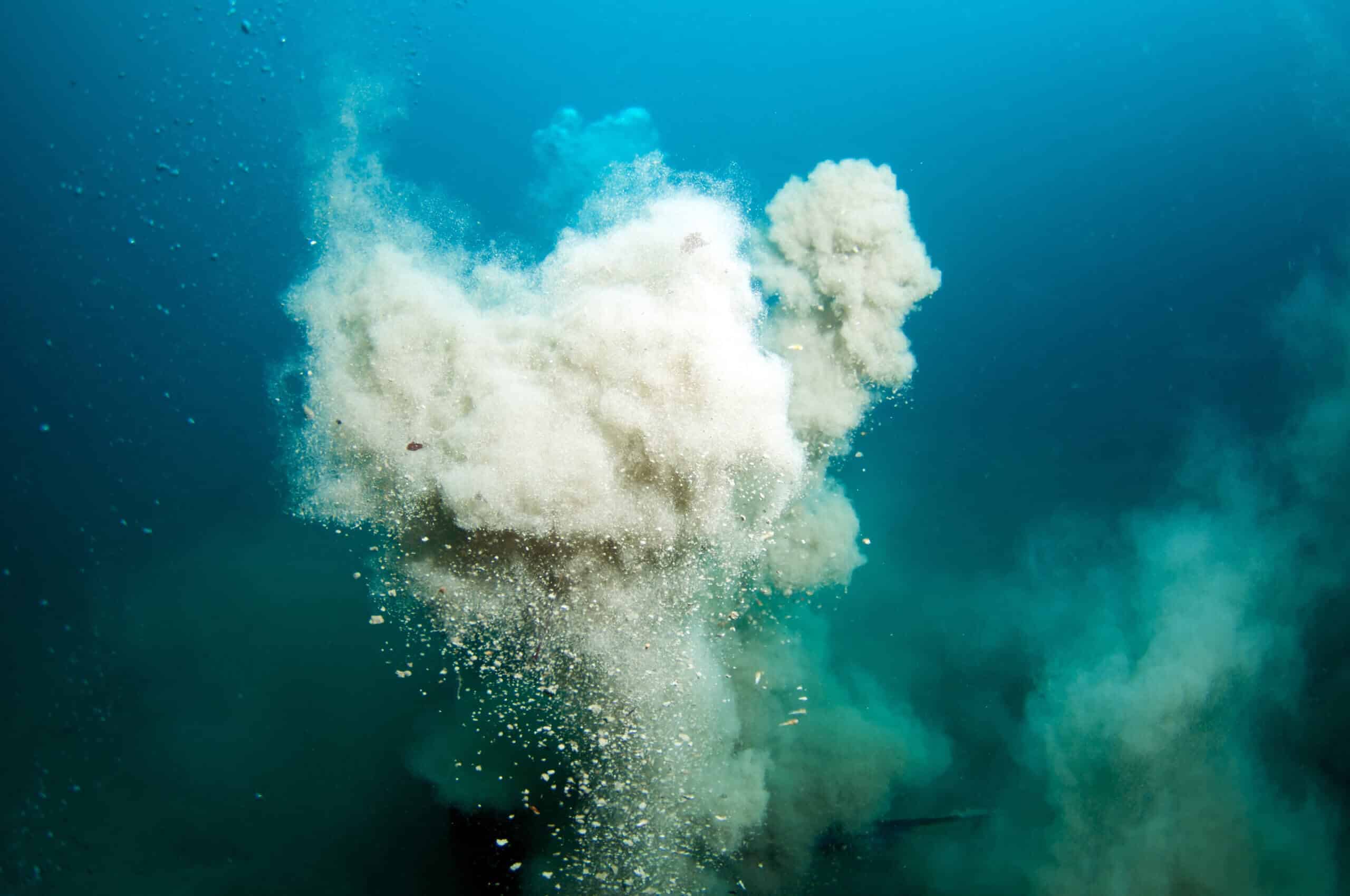[Translation by Dr. Moshe Nachmani]
Researchers from the USA and Germany have discovered bacteria that live in the depths of the water and are able to produce the element carbon

How and why groups of archaeons and bacteria living in the depths of the sea manage to produce the element carbon?
Methanosarcina barkeri, a type of archaeon (primitive bacterium) found near hydrothermal vents in the depths of the oceans, is one of the organisms discovered to be able to produce elemental carbon. Although bacteria that break down elemental carbon have been known in the literature for over a hundred years, this is the first time organisms capable of producing it have ever been found.
Carbon is found in nature in a wide range of oxidation states. Elemental carbon, which has an oxidation state of zero, usually exists in one of the following two configurations: in a highly ordered crystalline state formed under high pressure and temperatures, such as diamond, and in an amorphous black carbon configuration formed by incomplete combustion of biomaterials. Despite this, no evidence has been found in the past that there are biochemical pathways that produce elemental carbon.
Now, researchers have identified two groups of bacteria, which exist near hydrothermal vents in the Gulf of California and within mud volcanoes in the depths of the Mediterranean Sea, that are capable of biosynthesizing black carbon. These groups, which include archaeons from methane straits under al-aeronic conditions as well as sulfate-reducing bacteria, are able to produce a black substance with properties similar to disordered graphite and amorphous carbon. When the research team tested the material using Raman spectroscopy, they found that the material is actually elemental carbon. However, the exact mechanism and enzymatic activity involved in this product remain unclear. The researchers believe that this product may be due to a thermodynamically favored mechanism of converting carbon dioxide and hydrogen into carbon and water. The question of why microorganisms produce elemental carbon at all requires further research.
Possible answers include, among others, the use of this mechanism to prepare a scaffolding material during interactions with other organisms or as a means of transferring regenerative substances between symbiotic bacteria in the same group. Alternatively, the electrical conductivity of carbon-based materials means that these organisms use them to encourage electron transfer processes.

2 תגובות
lol Why do they keep a scientific reporter who rambles on what he heard without understanding anything? babbles high words he has no idea what they are. But I liked the most that they produce carbon. They react nuclearly and produce carbon. what nonsense They actually break down a molecule, that's all.
Only one thing is missing here: what is the starting material from which the carbon is isolated. Because if the starting material is CO2 or methane there may be a new means to reduce warming..